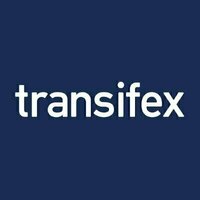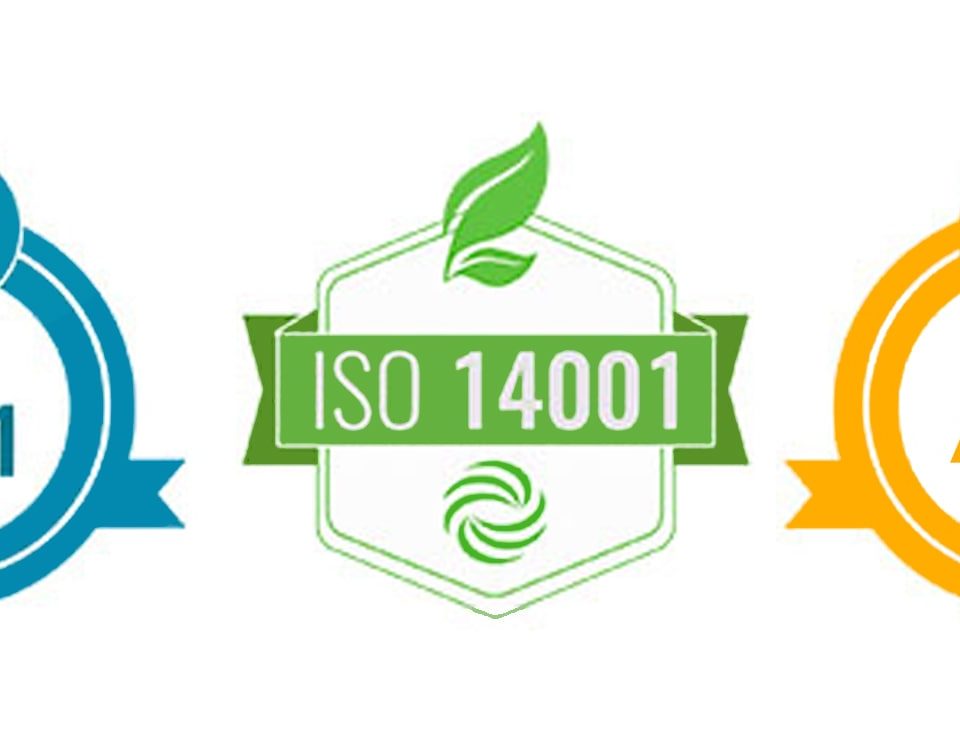Compare Crowdin vs transifex
The translation of swear words
2nd October 2025Introduction to Wordfast
11th October 2025Here’s a comparison between Crowdin and Transifex — two leading localization / translation management systems (TMS). Depending on what you need, each has strengths and trade‑offs.
What they are
-
Crowdin is a cloud localization platform for businesses/teams to manage translated content: software strings, websites, apps, marketing content, help‑centers etc. It offers many integrations, workflows, AI support, etc.
-
Transifex similarly is a TMS designed for teams that need continuous localization, particularly for software or product content. It emphasizes automation, developer tools, machine & AI translation, quality control.
Key Features & Strengths — Crowdin
| Feature | Details / Advantages |
|---|---|
| Integrations & Ecosystem | Crowdin has many (600+ according to some sources) integrations: GitHub, GitLab, Bitbucket, CMSs, marketing tools, Figma, Adobe XD, etc. Helps automate content syncing & deploying. |
| AI & Machine Translation Support | Crowdin offers “Crowdin AI” and supports multiple AI/MT providers; ability to do pre‑translation, AI‑powered QA, context fine tuning, etc. |
| Context / Visual / Collaboration Tools | Screenshots, context previews, in‑context editing, comments, glossaries, translation memory (TM) etc. Ensures translators have enough context. |
| Workflow Flexibility | Ability to customize workflows, roles/permissions, QA checks. Crowdin’s UI seems aimed both at technical teams and translators. |
| Reporting / Analytics | Crowdin has project reports, cost estimate reports, QA issue reports, etc. |
| Security and Enterprise Features | For bigger organizations, enhanced security (SSO, 2FA, audit logs etc.), enterprise plans. |
Key Features & Strengths — Transifex
| Feature | Details / Advantages |
|---|---|
| Developer‑friendly Tools & Automation | APIs, command line tools (CLI), SDKs, webhooks, GitHub/GitLab sync, continuous integration / continuous localization. |
| Quality & AI Metrics | Transifex uses “Transifex AI” plus a system called TQI (Translation Quality Index) to score strings / translations, flag low‑quality ones, automate post‑editing etc. Helps scale without manual burden. |
| Continuous Localization / OTA Updates | Support for over‑the‑air (OTA) translation updates for apps/web content so you don’t always need manual deploys. Sync from source control etc. |
| Real‑Time Previews & In‑Context Translation | Ability to preview strings in context (e.g. UI, website), maintain layout, screenshots, metadata etc so fewer back and forth. |
| Scalability & Governance | Strong when you have many languages, many teams, many simultaneous projects. Features for roles/permissions, workflow automation, glossaries & style‑guide enforcement etc. |
Comparison: Crowdin vs Transifex — Trade‑offs
Here are areas where they differ, which might sway your decision depending on your priorities:
| Criteria | Crowdin Might Be Better If… | Transifex Might Be Better If… |
|---|---|---|
| Ease of Use / Onboarding | If you want a slightly more user‑friendly interface for translators, non‑technical users, Crowdin tends to get praise for design and ease. | If your team is technically strong (developers involved), you might prefer Transifex’s deeper automation / dev tools. |
| AI / MT Quality & Governance | Crowdin offers many AI/MT provider options, flexible setups. Good if you want mix & match. | Transifex emphasizes scoring, quality evaluation (TQI), auto‑post‑editing, so possibly less manual review for high volume use. |
| Developer Integration & CI/CD | Crowdin has good integrations, but Transifex might be more mature in automating release pipelines and over‑the‑air updates. | |
| Continuous Localization & Speed to Market | Crowdin supports continuous localization, but if your goal is to push localized content as often as features, Transifex might have an edge. | Same as previous: Transifex’s strength in automating many steps may reduce delays. |
| Pricing / Cost Efficiency | If your volume is smaller or you don’t constantly need high‑volume MT/AI, Crowdin might be more cost‑effective. Also Crowdin has flexible pre‑translation / AI fine‑tuning. | Transifex may charge more for advanced features (AI/quality checks etc.), but for big scale, the ROI might offset costs. |
| Governance / Large Teams / Security | Crowdin’s enterprise features are strong. | Transifex is also enterprise‑oriented; might have finer control over quality metrics, string‑level governance. |
Weaknesses / Challenges
-
Crowdin
-
Sometimes managing large numbers of simultaneous languages or files can lead to performance / complexity overhead. UI or workflow may be less prescriptive, which is good for flexibility but needs setup effort.
-
Costs of AI/MT, usage etc can accumulate; you need to manage MT usage so budget doesn’t blow up.
-
-
Transifex
-
Because of its strong focus on dev / engineering workflows, non‑technical users (translators or content/marketing teams) might have steeper learning when it comes to integrations.
-
The TQI / AI metrics can be powerful but may need tuning; false positives/negatives (i.e. automatically flagged strings) might require oversight.
-
If you don’t need the highest level of automation / scale, some features may be overkill (hence cost might be wasted).
-
Which One’s Better for What Use Case
Here are some typical scenarios and which tool might suit better:
| Use Case | Probably Crowdin | Probably Transifex |
|---|---|---|
| Startup or SMB localizing a few apps / marketing websites, want something quick, decent UI, good translations without heavy dev resources | ✔ Crowdin | |
| Large software company with many products, many release cycles, want tight integration with code pipelines, high automation, quality metrics | ✔ Transifex | |
| Open‑source project, many volunteers, need easy onboarding, lots of languages, want integration with Git / repos | Either can work, but Crowdin is often used in open‑source communities. Transifex also has open source support. | |
| Marketing content, help‑center articles, not heavily tied to code | Crowdin might be simpler | |
| Apps with over‑the‑air updates or mobile apps needing fast string delivery | Transifex has some edge, especially with its SDKs/Native concept. |
If you want, I can also get you a feature‑by‑feature matrix (with pricing tiers) specific to your context (number of languages, team size) so you can decide concretely. Would you like me to do that?


